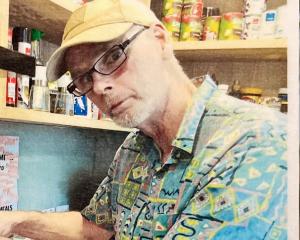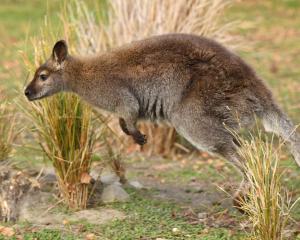Prof Mike Dragunow, a University of Otago graduate, and a member of Auckland University's Centre for Brain Research, reported on research he was involved with, during a brain health conference in Dunedin yesterday.
About 100 people, including leading brain researchers, attended the one-day conference, at the Dunedin Public Art Gallery.
The event, organised by Dr Joanna Williams, of the Otago anatomy department, was hosted by Otago University's Brain Health Research Centre.
In a session devoted to novel therapies involving Alzheimer's disease, Prof Dragunow noted pericytes played a significant role in maintaining the integrity of the blood-brain barrier. Pericytes are contractile cells linked with the body's smallest blood vessels. Research showed a marked drop in the number of brain barrier-linked pericytes in cells from some patients with Alzheimer's disease.
Scientists had also noted the presence of fibrin, a fibrous protein involved in the clotting of blood. This protein was normally excluded by the blood-brain barrier and could be harmful to Alzheimer's patients.
Prof Dragunow said laboratory tests were being undertaken in Auckland to see if a drug could be developed to help maintain the blood-brain barrier by better supporting pericytes.
Also during the afternoon session, Prof Dirk De Ridder, of Otago University Surgical Sciences, and Associate Prof Debbie Young, of the Auckland centre, outlined other new therapeutic approaches.
Prof Young outlined a potential new target for gene therapy against Alzheimer's disease, and involving astrocytes - star-shaped cells that play many key roles in the brain and spinal cord.
Dr Lucia Schoderbock, a researcher in the Otago biochemistry and psychology departments, outlined using genetics and pharmacology to manipulate cells.
Prof Cliff Abraham, director of the Otago brain centre, was optimistic effective new therapies would eventually be developed against Alzheimer's disease.
He acknowledged the innovative and promising research discussed, and said that maintaining the blood-brain barrier was only one of several challenges that had to be met in fighting the disease.












